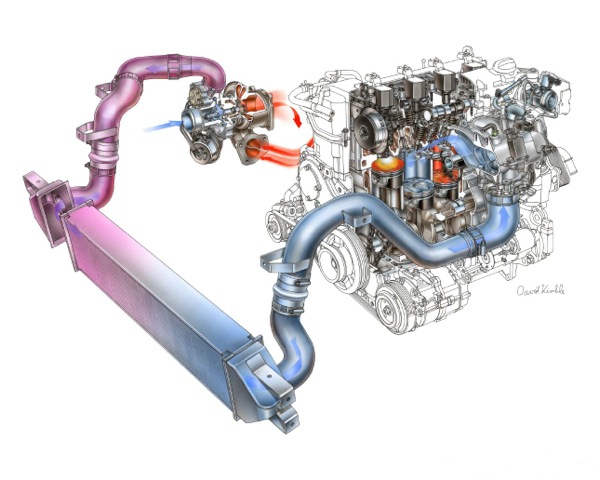Engine Break-In Oil and Assembly Lube Needs
Engine building is a process that should go well when everything is done correctly. A lot of things can go wrong during those first few minutes following the initial start-up of a freshly built engine. The engine has to build oil pressure quickly so all of the critical wear surfaces will receive lubrication.
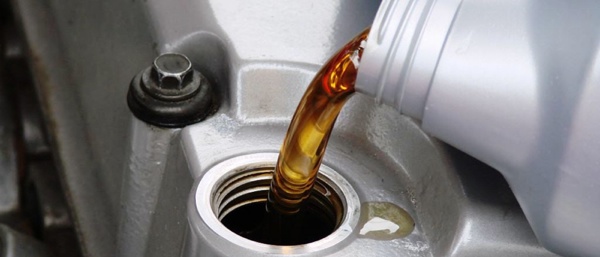
Must Have Shop Tools & Measuring Equipment
You can’t do quality work in an automotive machine shop if you don’t have the right tools and measuring equipment. “Must have” tools and equipment include those that are necessary for engine disassembly, for inspecting and measuring engine components, and for engine assembly.
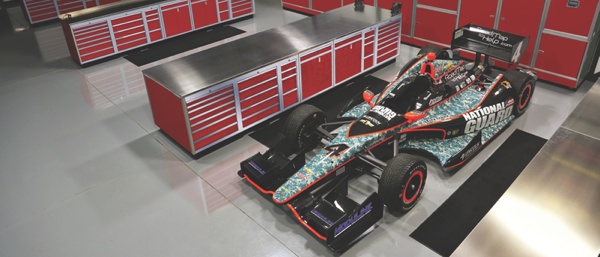
Head Surfacing and Straightening
Clean, smooth and flat have always been requirements for proper head sealing whether you are building a stock engine or a monster motor for a ProStock drag car. Head gaskets can only accommodate so much distortion and roughness across the face of the cylinder head and deck. Resurfacing the desk surface on a cylinder head and/or engine block should restore flatness and achieve the required smoothness.
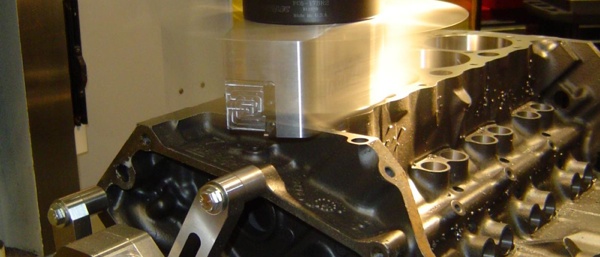
2015 Mustang Ecoboost Four Pulls Strong But is No V8
Babcox tech editor Larry Carley had the opportunity to test drive the 2015 Mustang GT as well as the new Ecoboost 2.3L four-cylinder Mustang at the Autobahn race track in Joliet, Illinois recently. Ford provided the pair of Mustangs as part of the Midwest Automotive Media Assn. fall rally.

The Evolution of Surface Treatments
In the never ending quest for better performance, durability and reliability, various types of surface coatings and treatments have evolved as solutions for problems that have vexed engine builders for years. Coatings that were once considered exotic race-only solutions are now being used on a wide variety of stock and performance applications. If you’re not

Head Gaskets and Fasteners
The relationship between head gaskets and head bolts is an intimate one. The clamping load applied by the head bolts is what allows the head gasket to maintain its seal. For this marriage to last, there has to be constant tension – not too much, otherwise the bolts may stretch or break, and not too
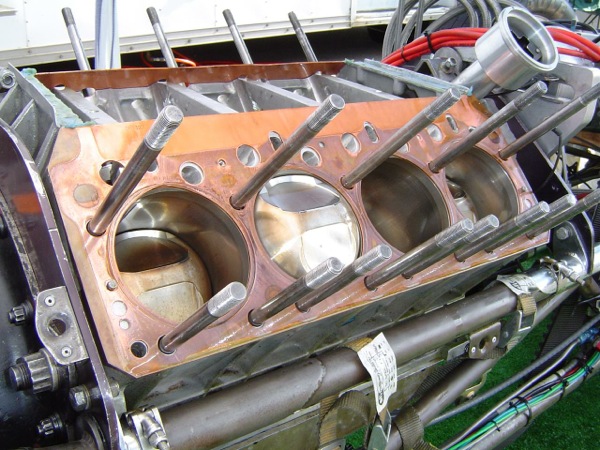
Preventing Flat Tappet Cam Failures
Flat tappet cams, with either solid or hydraulic lifters, are commonly used in many street and performance engines. It’s a simple design that works well, provided there’s adequate lubrication between the lifters and cam lobes to prevent wear that can wipe out a cam and/or lifters. The problem is today’s motor oils contain much less
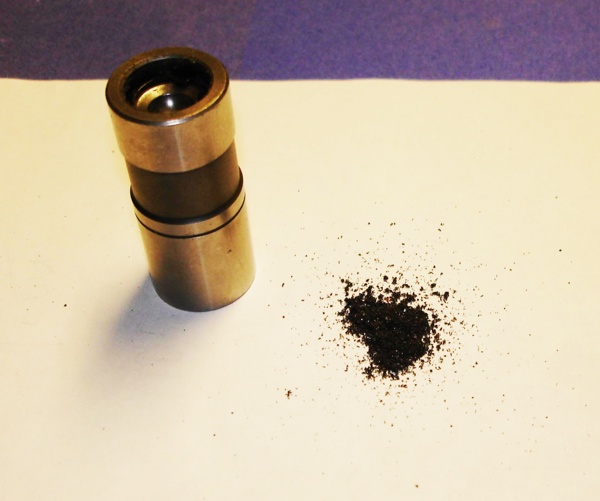
The Demands on Diesel Pistons and Sleeves
The pistons are some of the hardest working components inside a diesel engine. Diesel engines are high compression, high heat engines that demand a lot from their pistons. Compression ratios are typically in the 16:1 to 20:1 range, which improves thermal efficiency and fuel economy, but also creates more pressure. Cylinder pressures in many production
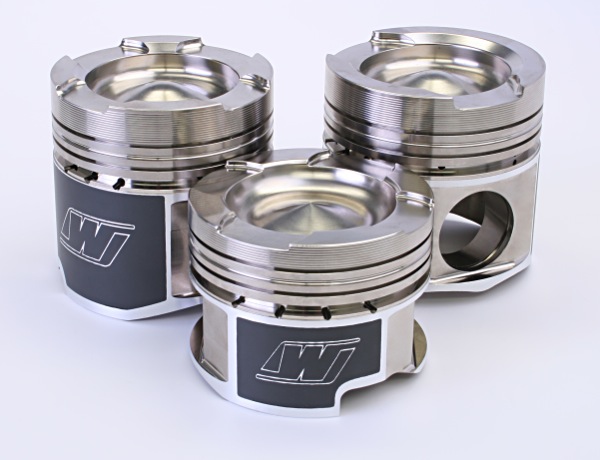
Cutting Tools and Abrasives for Engine Work
When it comes to machining late model engines, tolerances are generally much tighter and finishes often have to be much smoother to meet original equipment specifications. If you’re doing performance work, there’s even less margin for error. Consequently, you need up-to-date equipment and tooling that can hold close tolerances and deliver high quality finishes while
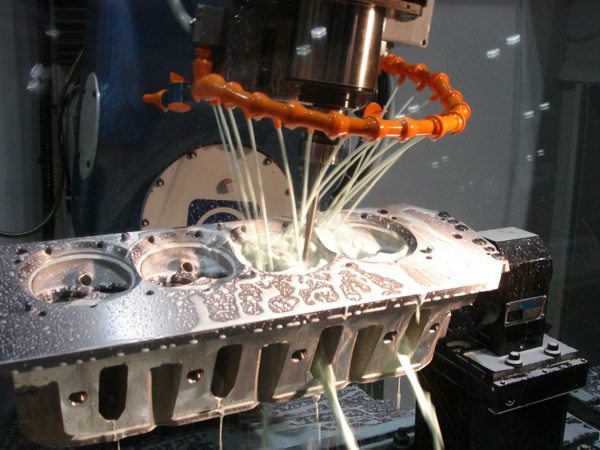
Front-Mounted Oil Pumps: Good or Troublesome?
On late model engines such as Chevy LS, Ford modular V8s and Chrysler 5.7/6.1/6.4L Hemis, engineers have moved the oil pump from its cozy location inside the oil pan to the front of the engine under the timing cover. Traditionally, most wet sump oil pumps have been mounted under the engine inside the oil pan
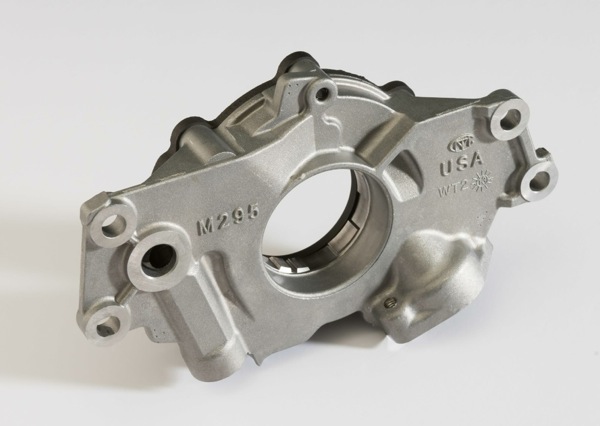
Replacing Crankshafts, Connecting Rods and Bearings
The crankshaft, connecting rods and bearings are extremely important in every engine build, whether mild or wild, because they convert the reciprocating motion of the pistons into rotational torque. The longer the stroke, the greater the leverage effect and the greater the torque output of the engine. There are three things that need to be
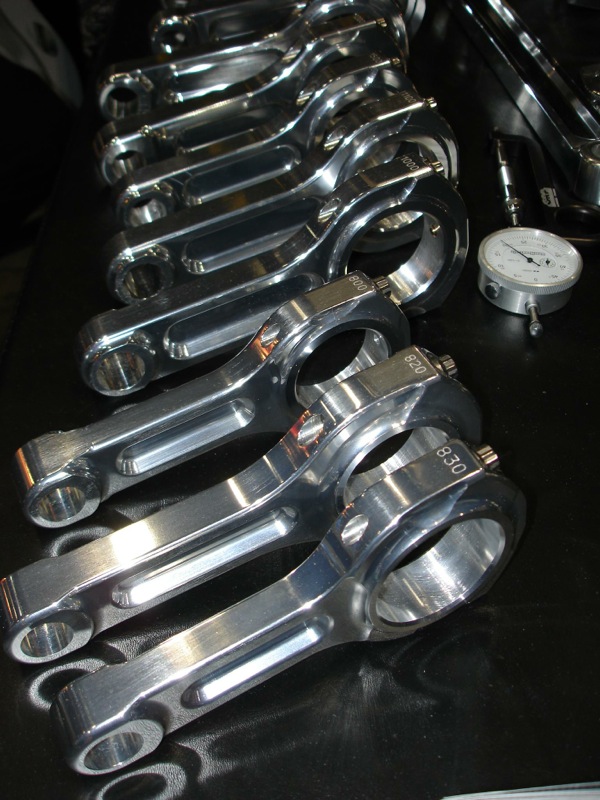
Turbochargers: Small Engine Performance – Turbo Technology
Turbochargers are making a comeback, big time! Auto makers are under pressure from the government to boost their Corporate Average Fuel Economy (CAFE) numbers to over 40 mpg by 2021. One of the ways they are going to accomplish this is to downsize engines and add turbochargers to boost performance so smaller engines can still
